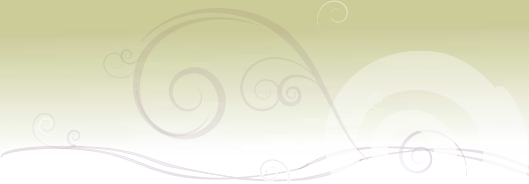
Health Issues
Back Pain
Back pain is one of the most common complaints in America today. Many common back ailments are the result of misuse and non-coordination of the head-neck-back relationship, causing one to have pain in everyday activities. Common problems like scoliosis (curved side-to-side spine), lordosis (curved front-to-back spine), and lower back pain can be caused by this non-coordination. When the muscles in the spine are over-tightened, the spine will buckle, causing curvature or pressure on the spine. These conditions are also exacerbated by the “downward pull.”
Through re-education of the musculoskeletal system, including learning to lengthen muscles surrounding the spine, the Alexander Technique helps the student learn to move in a way that eliminates back pain and return to normal activities.
Breathing and Respiratory Problems
Studies show that twenty million Americans have asthma, a condition that restricts the bronchial airways, and many others suffer from chronic cough, emphysema, and shortness of breath. In all these respiratory difficulties, the sufferer gets the feeling of not being able to get enough air. The immediate response is to inhale and gasp for air. But often the person has not actually exhaled completely and the lungs are still partially filled with stale air, causing difficulty breathing. At this time the person wants to inhale, but what is really needed is to exhale completely.
Through the primary control directions and principles of Breathing Coordination, a student can learn to breathe easier by lengthening and widening their back. This allows the ribs to expand so that air can flow in and out of the lungs with less obstruction. Then the student can learn to exhale completely, making room for fresh air to oxygenate the lungs. With this, every cell receives life-giving oxygen, awakening an increased sense of calm. In this way the Alexander Technique is extraordinarily helpful in combating breathing difficulties.
Overall Health
The Alexander Technique is beneficial for a variety of health issues including anxiety from high stress, repetitive strain injury, arthritis, and postural problems.




